Miracles and Magnolias
No one expected Kevin Newton to live after a tragic automobile accident. But he defied all odds – with the strength, encouragement, and prayers of his family and friends.
Kevin Newton knows how much his wife, Lori, loves magnolia trees.
In 2016, Kevin ordered a pair of magnolia saplings months before Lori’s Halloween birthday. Two impish sprouts arrived Monday, Oct. 17, and Lori gushed with excitement at the sight of her surprise gift. One day, she dreamed the trees – with their stately structure and fragrant, saucer-sized white blossoms – would grow to be the signature pieces of their 11-acre country homestead southwest of Ardmore, Oklahoma. All Kevin needed to do was plant them, a chore he planned to handle later that week.
What the Newtons didn’t know was this gift held a much deeper meaning – both ironic and prophetic. Magnolias grow slow and strong, symbolizing perseverance to arborists, and in the South, a woman with great determination is often called a “steel magnolia.” Unknowingly, the couple sat on the cusp of a year that would test their resolve in an extraordinary fashion.
The Newtons had already ridden the rollercoaster of life together for almost three decades. They had scrimped to pay the mortgage, raised two children, and faced a once-in-a-lifetime health tragedy. Kevin’s kidneys unexpectedly quit in 2010, and he spent three-and-a-half years on dialysis until his transplant. Hills or valleys – it didn’t matter as long as they were together.
The day after the magnolias arrived, Kevin and Jacob Bonner, the Noble Research Institute’s in-house electrical team, headed to one of the organization’s research and demonstration farms. An old barn was slated for demolition, and power needed to be removed. Routine work on an unremarkable Tuesday.
What ensued was a year marked by miracles of modern medicine and miracles that modern medicine cannot explain. The first of which happened around lunchtime on a highway just a few miles from the Red River.
Lori’s Diary
Lori Newton pulls a spiral-bound journal from a drawer, but she doesn’t open it. The words inside are a reminder of a year she simply will never forget.
A few days after Kevin Newton’s accident, a friend came to Lori with the journal and said, “You need to write this all down.” At first Lori dismissed the notion, but, in the quiet of the hospital, she began chronicling her fears and frustrations, the heartbreaking healing process and small moments of celebration.
Day after day she wrote, filling countless pages. Included are just a few of her words, which she freely shares as a reminder to the world to cherish the everyday moments of life.

Impact
Take Oklahoma Highway 32 west about 5 miles and you will find Coffey Ranch – Kevin and Jacob’s destination.
The two lanes of blacktop branch off of I-35 near Marietta, Oklahoma, and dissect miles of green pastures dotted with black cows. The road had been undergoing construction for months, so Kevin and Jacob weren’t surprised when traffic ground to a halt. They were the third vehicle in line with the front car turning left.
What happened next is defined in the police report as “driver distraction (non-cellphone).” That’s the official designation to explain the unexplainable reason for a semitruck driver’s failure to stop. The truck was only traveling at 45 miles per hour, but it was fully loaded with gravel – supplies for the road construction – and easily weighed 80,000 pounds, or twice as much as a Greyhound bus.
The rest was physics. Forty tons of metal and momentum transferred its energy into Kevin and Jacob’s work truck, setting off a life-sized game of billiards. Their truck smashed into the vehicle in front of them before ricocheting to the right, across a drainage ditch, and coming to rest 65 feet later. The second vehicle clipped the lead car then bolted forward 105 feet.
Semi-unconscious Jacob’s world blurred and faded. Two ribs busted. Left foot broken. L1 vertebrae ruptured. Jacob fumbled with his phone and called his wife, Jenifer. She answered. All Jacob could muster was: “Oh my God, it’s bad. It’s bad. Come get me.”
“Where are you?” Jenifer asked.
“It’s Kevin. He’s trapped,” Jacob responded.
“Where are you?” his frantic wife asked again. The phone went dead. Jenifer called Lori, and the pair met at the Bonners’ home. The spouses’ impulse to act was tempered by the fact they had no idea where their husbands were located, what had happened or where they were headed to receive medical attention.
Mike Richardson witnessed the entire wreck from the eastbound side of the intersection and was the first at Jacob’s side. Richardson took the phone from Jacob who – through the blur – recognized the face. Richardson is a deacon at the Bonners’ church. He called 911.
Jacob’s world went black with Kevin’s cries echoing in his ears. “Your best friend in the world is screaming at you for help,” Jacob remembers a year later. “I’d have pulled him out of that truck, but by the grace of God, I passed out. If I would have moved him, it could have killed him.”
The next 45 minutes were a flurry of phone calls, ambulance lights and questions. Rescue personnel cut Kevin from the truck.
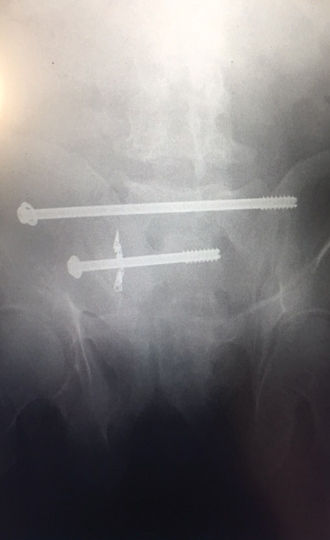
Jacob regained some consciousness when the paramedics arrived, and he tried to connect with Jenifer again. By accident, he called the one person he needed to alert at Noble: Jeff Rutledge, security manager and a 20-year-veteran of law enforcement. “I couldn’t recognize his voice. It was pure hysteria. But he was able to tell us he was on Highway 32 and Allen Road,” Rutledge says. “When he said the name Kevin and the location, I thought he was another employee named Kevin.”
Rutledge, along with Robert Williams, safety and risk manager, and Laura Claypool, benefit coordinator, sped south not knowing who they were going to help or what had happened. While en route, they received a call from Jenifer, who confirmed Kevin and Jacob were the employees involved. As the Noble team arrived on the scene, both ambulances raced out – one headed to Ardmore with Jacob, one headed to nearby Marietta with Kevin, who would be taken by MediFlight to Medical City Plano, the only Level 1 Trauma Center in Collin County, North Texas Region.
Rutledge caught sight of the truck and melted inside. The truck was crumpled where the bed met the cab. The driver’s seat rested just a few inches from the steering wheel, meaning the person who had occupied that spot – their co-worker and hunting buddy Kevin – had been compressed into the sliver of space. Electric conduit protruded from the front of the semi. More pieces were shoved through the metal cab of the work truck. Those pipes would leave red rings on Kevin’s back for half a year. “From the look of the vehicle,” Rutledge says, “I just knew we were dealing with a fatality accident.”
Lori had little information at this point. She had left Jenifer’s side at the Bonner home and went to Mercy Hospital in Ardmore, where she sat in the parking lot and prayed. “We had already been through so much,” she says.
Then the phone rang. It was Grant, their youngest son, who had been headed to Marietta for a friend’s funeral, arrived at the hospital in time to tell emergency personnel about his father’s kidney transplant and the fistula in his arm for dialysis. Kevin could bleed out if the doctors didn’t know about the fistula.
Grant told Lori to head to Plano. She began to figure out directions when her phone rang again. It was her best friend, Shelly, who informed Lori that her husband, Marty, just happened to be at Mercy. “I look up, and here comes Marty,” Lori says. “He opens the door and says, ‘Move over, sister, I’m driving. I know exactly where we’re going.'”
Oct. 27, 2016:
Kevin stayed on the RotoProne bed all day. This has been a long day of waiting just to see if he lives.

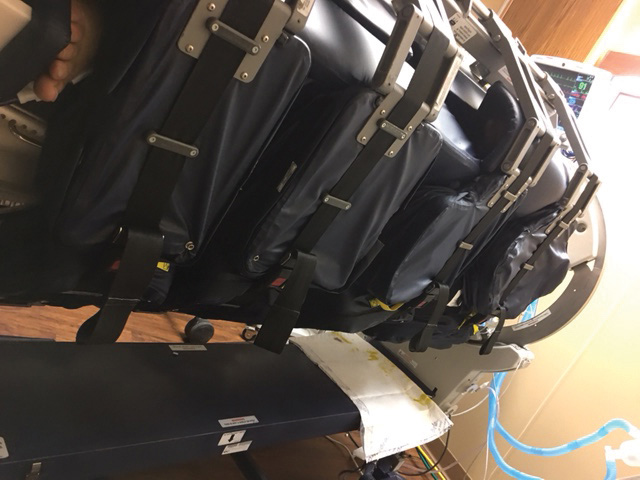
Jan. 28, 2017:
Kevin was released to go home. It is a true miracle. We are thankful for all of the medical staff and family. There’s still a long way to go, but he’s still here!

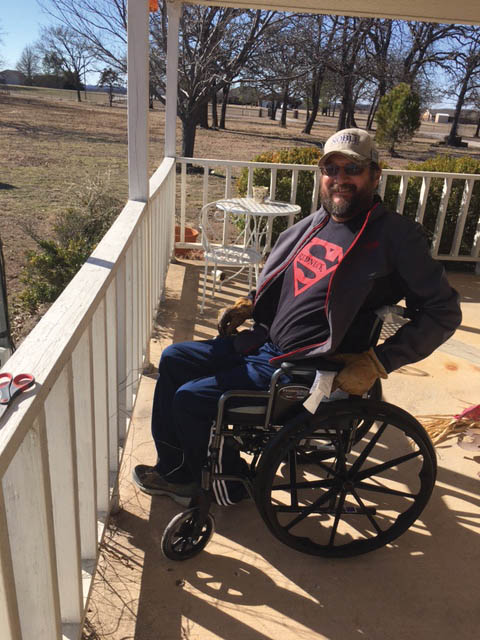
He Should Have Bled Out
When Kevin arrived at Medical City Plano, he was greeted by one of the country’s most elite trauma teams. Dr. Devlin McCormick, then a fifth-year surgical resident, helped lead the group that began immediate work on Kevin.
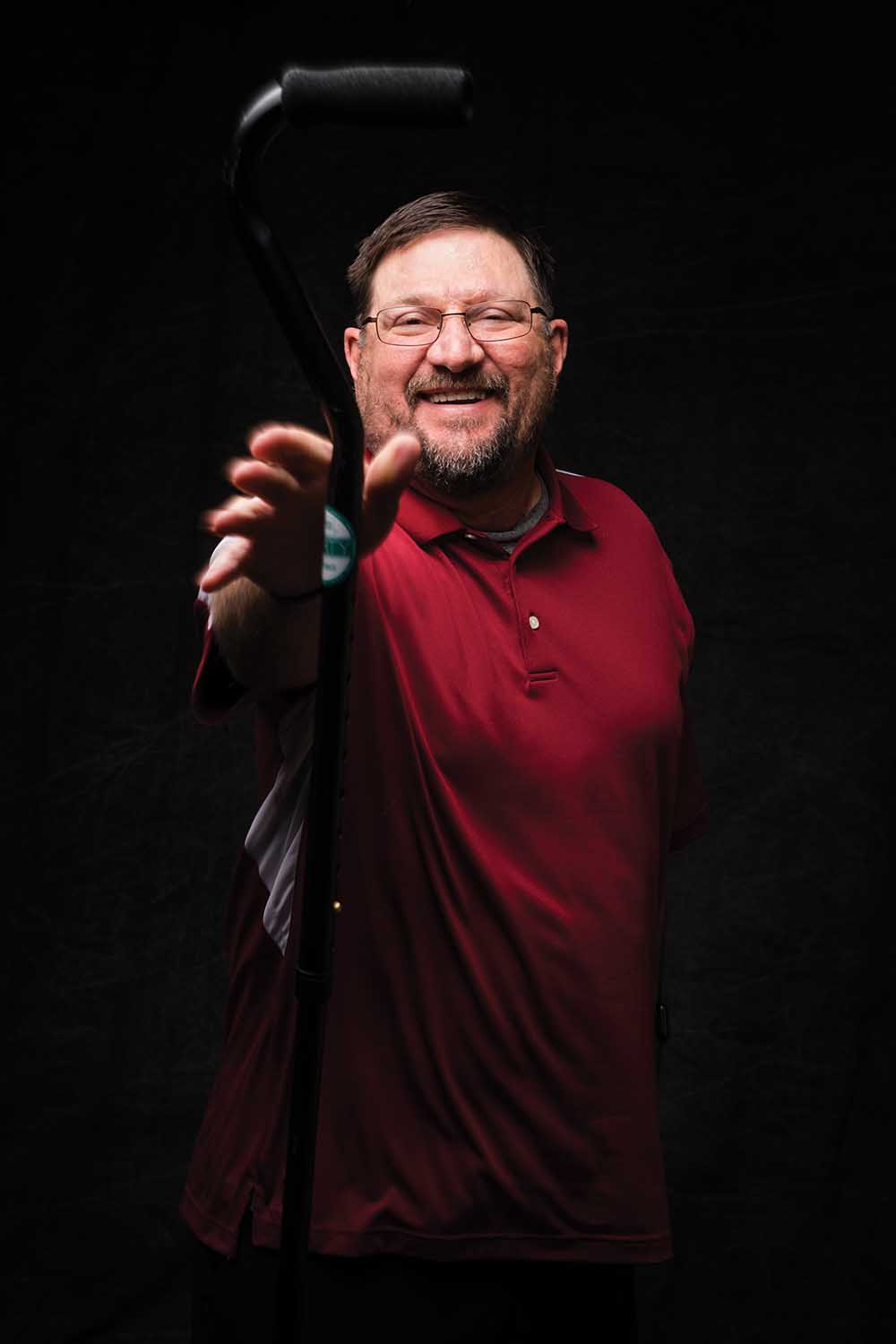
A CT scan revealed a significant pelvic fracture and a laceration to the right iliac artery, the primary blood supply for the right leg and sole source of blood for Kevin’s transplanted kidney.
The priority for the team was simple. “We had to stop the bleeding,” McCormick says.
Kevin was whisked into the interventional radiology suite where the iliac artery injury was sealed from the inside. However, the seal did not hold, and Kevin required a trip to the operating room where he was packed with medical gauze to stop the bleeding. Kevin received six units of blood and six units of plasma during his first 12 hours in the hospital.
Most surprising is that Kevin had not already bled out. A cut to the iliac artery could result in death within minutes without medical attention. “It took 45 minutes to cut him from the truck plus the transportation time to Marietta, the flight to Plano and the assessment time. He should have bled out,” Williams says. “The fact that he didn’t is a miracle.”
Lori, several family members, and the Noble team arrived and began the excruciating wait. The surgery would last for hours. Late that evening, McCormick and his fellow surgeon, Dr. Tessa Woods, emerged. They detailed the shattered pelvis, severed artery, extremely low blood pressure and heart rate, the potential permanent neurological damage, and to top it off – the danger posed to the transplanted kidney, which was in shock from the accident. “I just remember them saying, ‘We’ve done the best we can,'” Lori says. “They tried to prepare me for the worst.”
Lori didn’t sleep at all that night. Her thoughts went back to how different her life was just 12 hours prior, how they had parted that day with their routine goodbye kiss and “I love you.”
“I was not ready to let him go,” says Lori, whose thoughts turned to their unborn grandchild. “I was supposed to be “Lolly” and he was going to be “Pop.” I couldn’t be a lolly without a pop.”
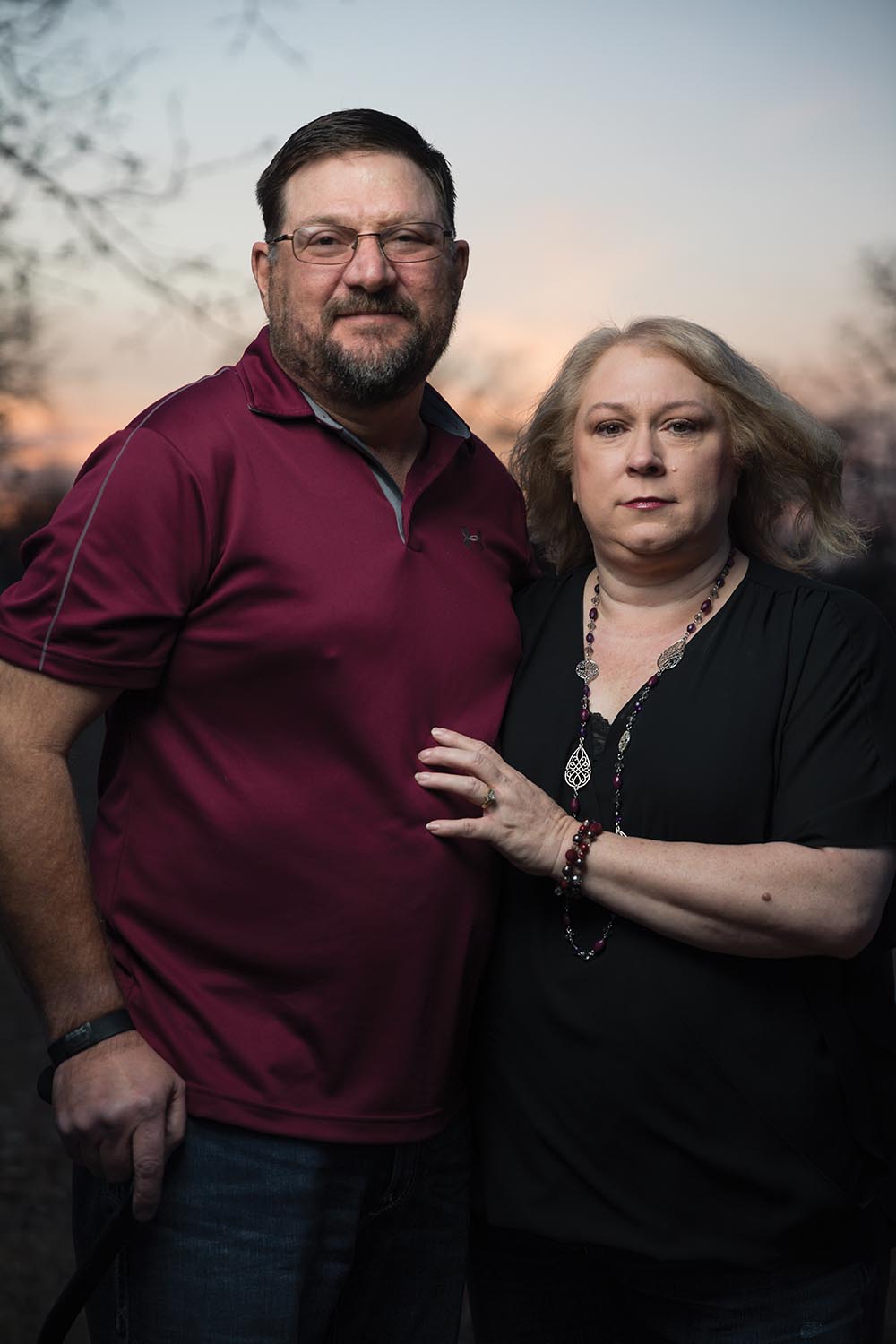
The sun rose on Wednesday, Oct. 19, and Lori didn’t know what to make of her new world. Her husband was on a ventilator, a temporary closure held together his abdomen. There were a thousand questions and no answers.
Lori saw her husband for the first time at the end of Day 2 and just for a few seconds. “He didn’t look like himself,” Lori says. “Grant couldn’t go back after seeing him that way. It knocked the breath out of him. You question if he is going to live, and then, if he does, what kind of life would he have?”
Back at the Noble Research Institute the day of the accident, Kevin’s co-workers and friends began to amass. Cards, text messages and financial resources began to flood in. A prayer blanket was sent and spent every day on his bed. The next morning, dozens of employees gathered in the campus plaza for a prayer vigil. As the sun rose on the coolest fall morning yet, members of the board of directors, scientists, agricultural consultants and support staff joined hands, bowed heads and asked for a miracle. Over the next several months, a handful of his colleagues continued to gather and pray each morning.
They weren’t the only ones. “I would get fearful, but I was surrounded by awesome prayer warriors,” Lori says. “The doctors would tell me what was happening, and I would tell people what to pray about. We had people all over the world praying for us.”
Kevin was going to need it. The fight was just beginning.
From Bad To Worse
Eight days after the accident, Kevin, who remained in a medicine-induced coma, went into surgery to repair his pelvis. When the doctors laid Kevin down, his blood pressure and oxygen levels crashed. He was dying – again. The doctors believed the combination of a blood clot in his lungs and pneumonia were the culprits. Blood thinners and antibiotics were started; however, Kevin went into acute respiratory distress.
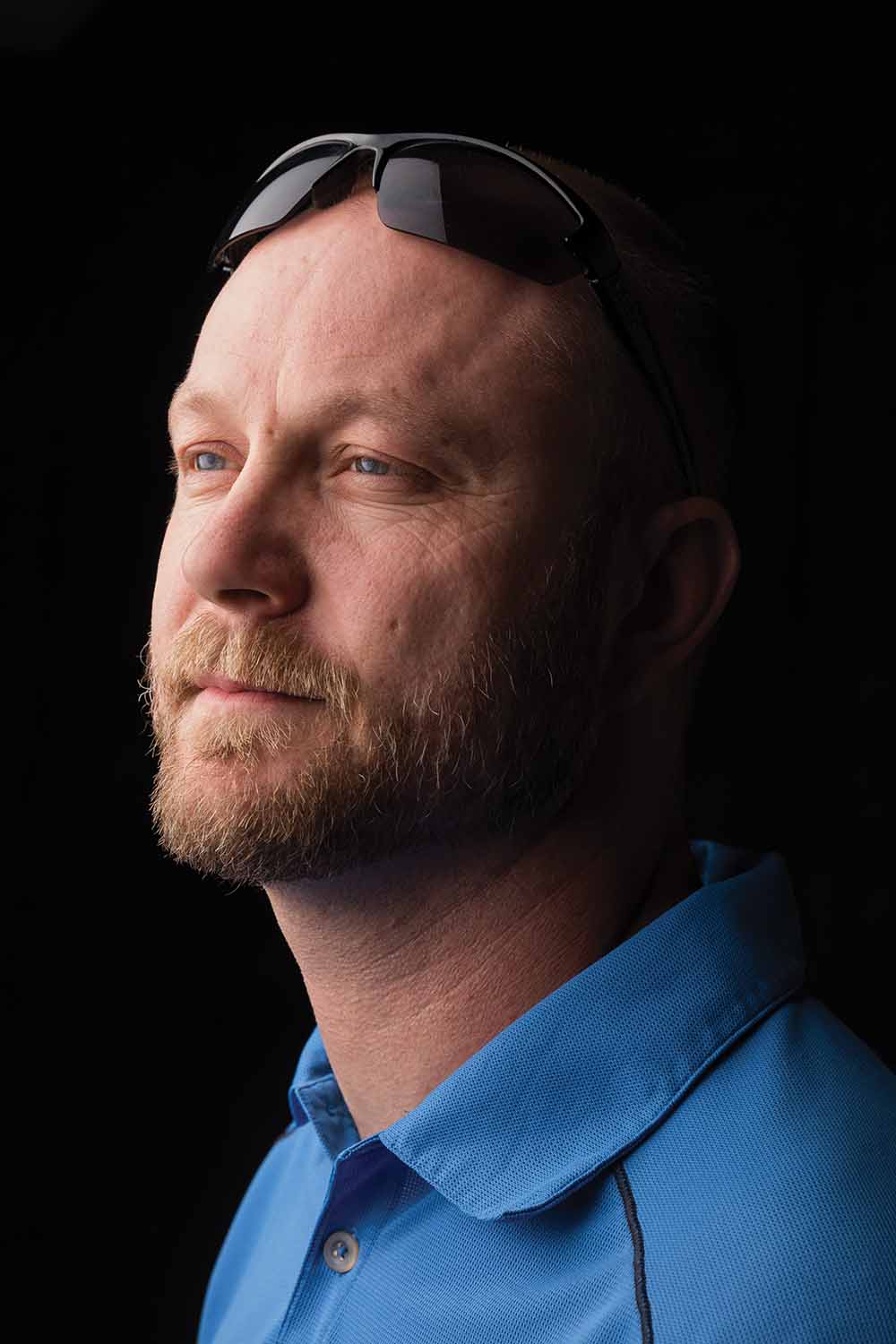
Lori and the doctors made a life-or-death decision: They placed Kevin in the RotoProne Therapy System, a specially designed bed that helps increase the lungs’ capacity to absorb oxygen. Patients on a RotoProne are sandwiched between two padded mattresses suspended from a rotating motor. The patient is then slowly turned like they are being roasted on a spit. It took 12 healthcare workers to get Kevin in the bed, and there was a good chance he would not get out of it alive.
The clock ticked, and Kevin slowly rotated. 6 hours. 12 hours. 18 hours. He kept turning. 24 hours. 48 hours. The therapies started to work, and his vitals rebounded. On Day 4, he emerged from the bed.
The treatment came at a cost. Laying in such a position causes significant swelling, which affected Kevin’s eyesight. One eye was bad for almost two weeks then suddenly returned to normal. The rubbing of the pads opened up a pair of golf-ball-sized divots on his body, wounds that required treatment for eight months.
Kevin returned to the operating room a week after coming off of the RotoProne. This time, the surgery went as planned. They inserted two primary screws (one almost a foot long) to reconstruct the pelvis and examined multiple fractures (that would heal on their own), including a broken clavicle.
All the while, Kevin’s kidney remained in shock. The afternoon of the pelvis surgery, Kevin was switched from the slow continuous dialysis to the regular machine. Within 30 minutes, his blood pressure and heart rate plummeted. Kevin went into respiratory distress. For the third time, Kevin almost died. And for the third time, he survived.
July 10, 2017:
Kevin drove himself to physical therapy today. I was a nervous wreck. I made him call me when he got there and call me when he got home. He has come a long way. Still has a long way to go, but we are getting there.


The Long Road Back
For the next six weeks, Lori endured an endless routine of commuting 103 miles between work in Ardmore and the hospital, where ICU visiting hours began at 8 a.m. This was the slow reality of healing and the painful forging of a steel magnolia.
Lori and the family took turns in the ICU with Kevin, reading to him from the Bible, talking or just sitting.
Kevin doesn’t have memory of those first several weeks. He doesn’t remember the accident, the surgeries or almost dying three times. When his healing finally gained traction, they eased him back to the conscious world.
Lori stayed busy writing and reading. She even found time to lend a shoulder to other families enduring similar tragedies. “God puts you in places,” she says. “You’re not there for yourself. You’re there for other people.”
Slowly Kevin began to make micro-steps of progress. Sitting up in bed. Breathing without a ventilator. Sucking on ice chips for his birthday. “I had the easy part,” Kevin says. “I just laid there and let people pray for me.”
Williams, Claypool and others regularly checked in on the family. Jacob, sporting his left foot in a boot, came as much as he could while enduring his own recovery process.
At the sight of his mentor prone, swollen and protruding with tubes and wires, Jacob openly wept. The two men talked about the accident and the driver who changed their lives. “There was about two seconds when you question what in the world he was doing,” Jacob says. “But then we began to pray for him. He was going through his own recovery. You have to forgive him. You have to let it go.”
Back at Noble, the entire employee population wanted to do more. Since no cards or balloons were allowed in the ICU, the staff created a special video for Kevin at an all-employee meeting in November. The video was simple and short. It was just three solid minutes of 350 employees cheering wildly and chanting Kevin’s name. His extended work family was behind him. “We played it over and over,” Lori says. “We all bawled. It was so special to receive that kind of love and support. We thank God every day that Kevin works for such a great organization with such great people. We couldn’t have done it without all of them.”
“It is humbling to see how we responded, but it’s not surprising,” Rutledge says. “To me, it’s just what we do. It’s who we are. That’s why I work here.”
Thanksgiving passed with a family meal in the hospital cafeteria – the last place they wanted to be – but the family was together, and Kevin was getting stronger.
Then on Dec. 3, another miracle. His kidney, which had been trying to wake up for weeks, became fully functioning. It was a moment of pure relief and joy followed by another setback. Four days later, Kevin’s legs began to swell, and the doctors discovered a series of blood clots in his legs – the result of severe trauma and lying in bed for eight weeks. Blood thinners plus physical therapy were prescribed, and the Newtons continued to march forward.
Four days before Christmas, Kevin crossed the Red River headed to Mercy Rehabilitation Services in Ardmore. “You can’t imagine how amazing it is to see things that are familiar to you,” Kevin says. “I was so glad to be closer to home so Lori didn’t have to drive all that way.”
All totaled, the Newtons spent both of their birthdays, Thanksgiving, Christmas, New Year’s Eve and their 29th wedding anniversary within the confines of various hospitals. Finally on Feb. 28, Kevin was released to go home. His final medical file measured almost 15 inches thick. The journey was far from over, but, as they drove up to the house for the first time, they wept yet again. Kevin saw the magnolia saplings. They had been planted by his brother-in-law.
They were alive and so was Kevin.
Aug. 14, 2017:
Kevin went back to work part-time today. It’s been 11 months since he last went to work. The doctor says he is only supposed to work two to four hours a day as tolerated and only desk work. He is excited to be back on the job and with his friends. What a truly amazing year this has been.

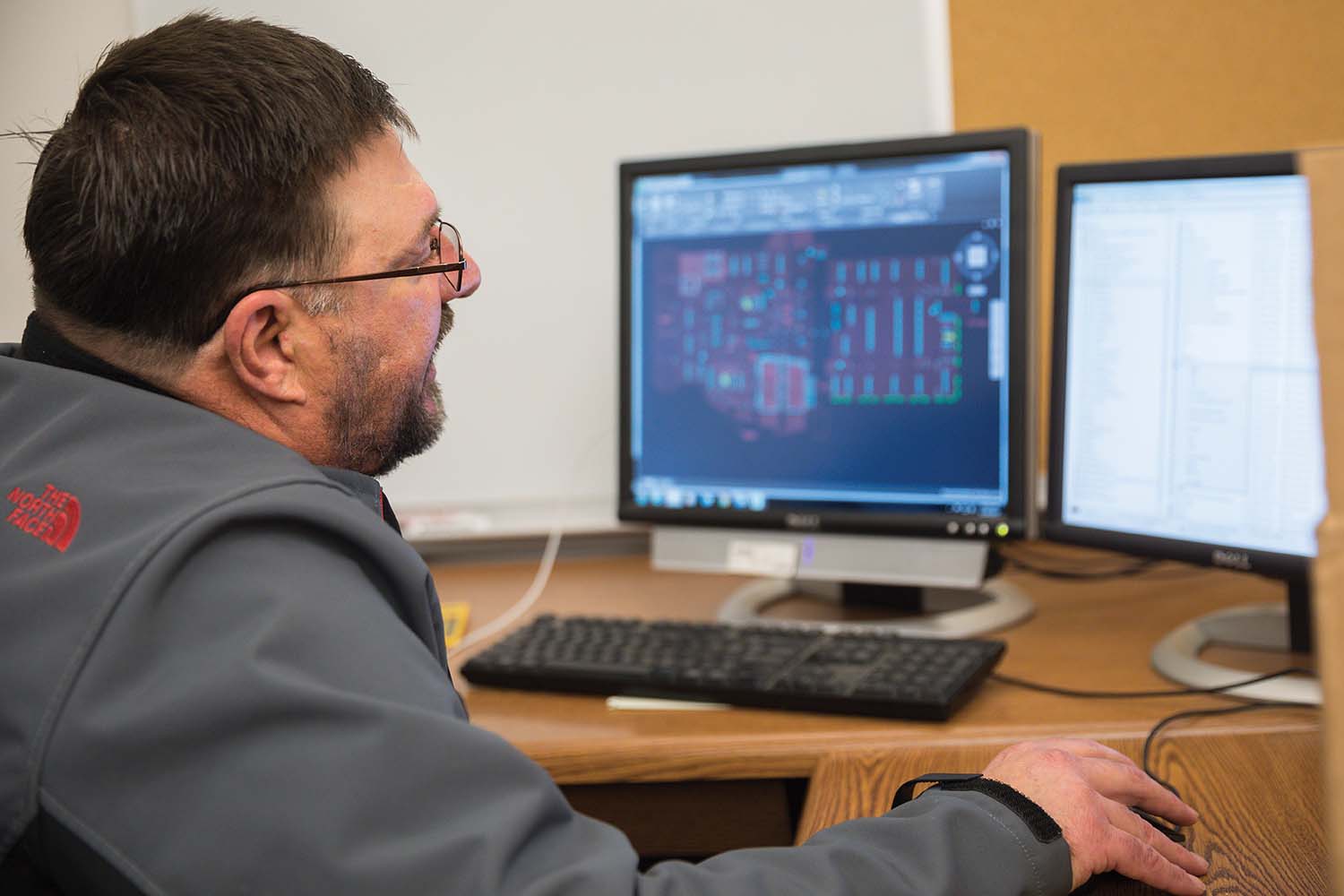
A Noble Return
Spring brought new growth to the impish magnolias, and Kevin continued his long road back. Every week included physical therapy three times and wound care for the RotoProne gashes. Lori’s intensive caretaking continued. She rose at 4 a.m. to cook the day’s meals before work, skipped lunches to make up for lost hours, and took Kevin to countless follow-up appointments.
Family and friends continued to pitch in. A crew from Noble’s physical facilities group built a wheelchair ramp and installed handrails in the house. Countless others helped with chores around the house and played chauffer to physical therapy appointments.
There were a few more surprises, including a short spell of Bell’s palsy that just went away, and progress continued. Kevin went from a wheelchair to a walker to being able to drive.
On Aug. 14, 2017, Kevin Newton walked into his office at work for the first time in almost 11 months. He was back but only part-time and only at his desk.
It’s the happy ending no one dared to dream, but it is colored by the reality of the accident’s ramifications. Jacob still receives treatment for his back. Kevin’s body may never be the same. And Lori says, “I still haven’t relaxed. I still worry about him driving.”
Both the Newtons and the Bonners have made a choice to keep their eyes toward the sunshine, refusing to be angry about their circumstances. “A lot of good things came out of this, a lot of pain, but also a lot of good,” Jacob says. “Families have been reunited. People have decided to get on new life paths. And we all have a sense of appreciation that we didn’t have before. This life is so special, but you have to slow down to see it.”
Lori’s experience has sparked a passion to help other caretakers, and she’s decided to write a book about the miracles she witnessed. Some will dismiss all the details that surround the wreck as coincidences: Jacob accidentally calling the head of security. The deacon at the crash site. The family friend at the hospital who drove Lori to Plano. The fact that Kevin didn’t bleed out. The RotoProne bed. The kidney waking up.
Lori knows it took the finest doctors, the most advanced technology and the best medical care in the world to keep her husband alive, but she will never overlook the unexplainable. “There are just too many circumstances to say it was all coincidence,” Lori says. “There were too many miracles to not see God’s hand in all of this.”
As for Kevin, he is just happy. He shows off his scar that runs from his breast to his belt buckle. He is alive, and he has Lori, his steel magnolia. “I don’t know how you go through something like this without faith and a loving wife. She meant it when she said, ‘in sickness and health,'” Kevin says. “I’ve thrown enough sickness at her. Now it’s time for some life.”
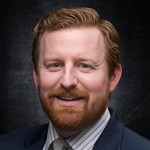

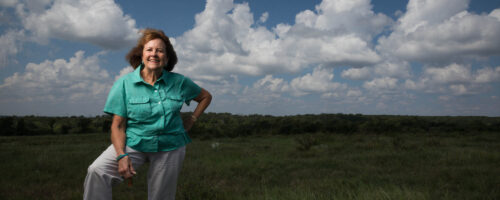
Comment